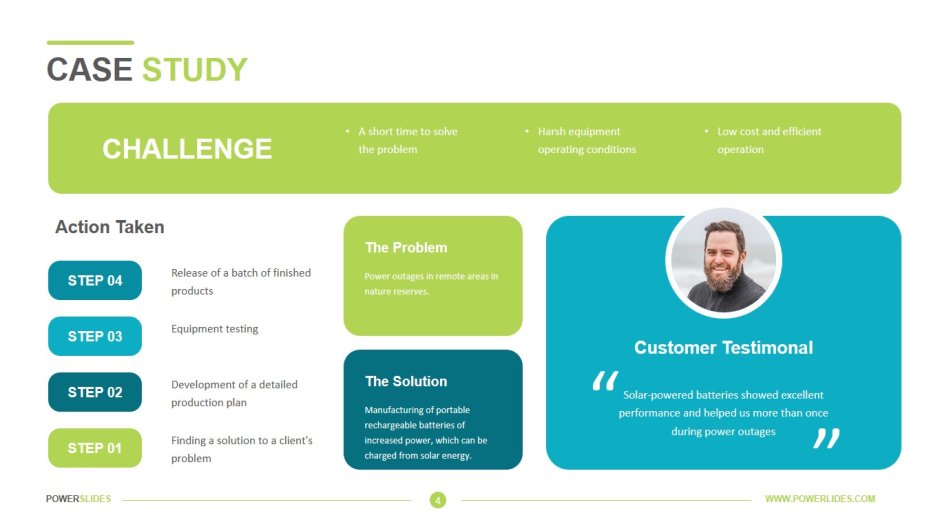Prospective cohort
A prospective cohort study is a powerful research design that allows scientists to investigate the development and progression of diseases or conditions over time. In this type of study, a group of individuals who are initially free from the disease or condition of interest are followed over a period of time to see if they develop the disease or condition.
One of the major strengths of a prospective cohort study is its ability to establish temporal relationships between exposures and outcomes. By collecting data on participants' exposure levels at baseline and following them over time, researchers can determine whether certain factors increase or decrease the risk of developing the disease or condition.
Another advantage of prospective cohort studies is their ability to examine multiple outcomes and exposures simultaneously. This means that researchers can investigate the effects of various risk factors on different health outcomes within the same study population, making the findings more comprehensive and informative.
Furthermore, prospective cohort studies allow for the calculation of incidence rates, which provide valuable information about the absolute risk of developing a disease or condition. These rates can be used to estimate the burden of a disease in a population and help inform public health interventions.
However, prospective cohort studies also have limitations. They can be expensive and time-consuming, requiring long-term follow-up of participants. Additionally, participant attrition and loss to follow-up can introduce bias and affect the validity of the study results.
In conclusion, prospective cohort studies are an invaluable tool in epidemiological research. They provide valuable insights into the development and progression of diseases or conditions over time, allowing scientists to identify risk factors and inform prevention strategies. Despite their limitations, prospective cohort studies remain a cornerstone of evidence-based medicine.











































































